Home>Furniture & Design>Living Room Furniture>How To Clean A Microfiber Recliner
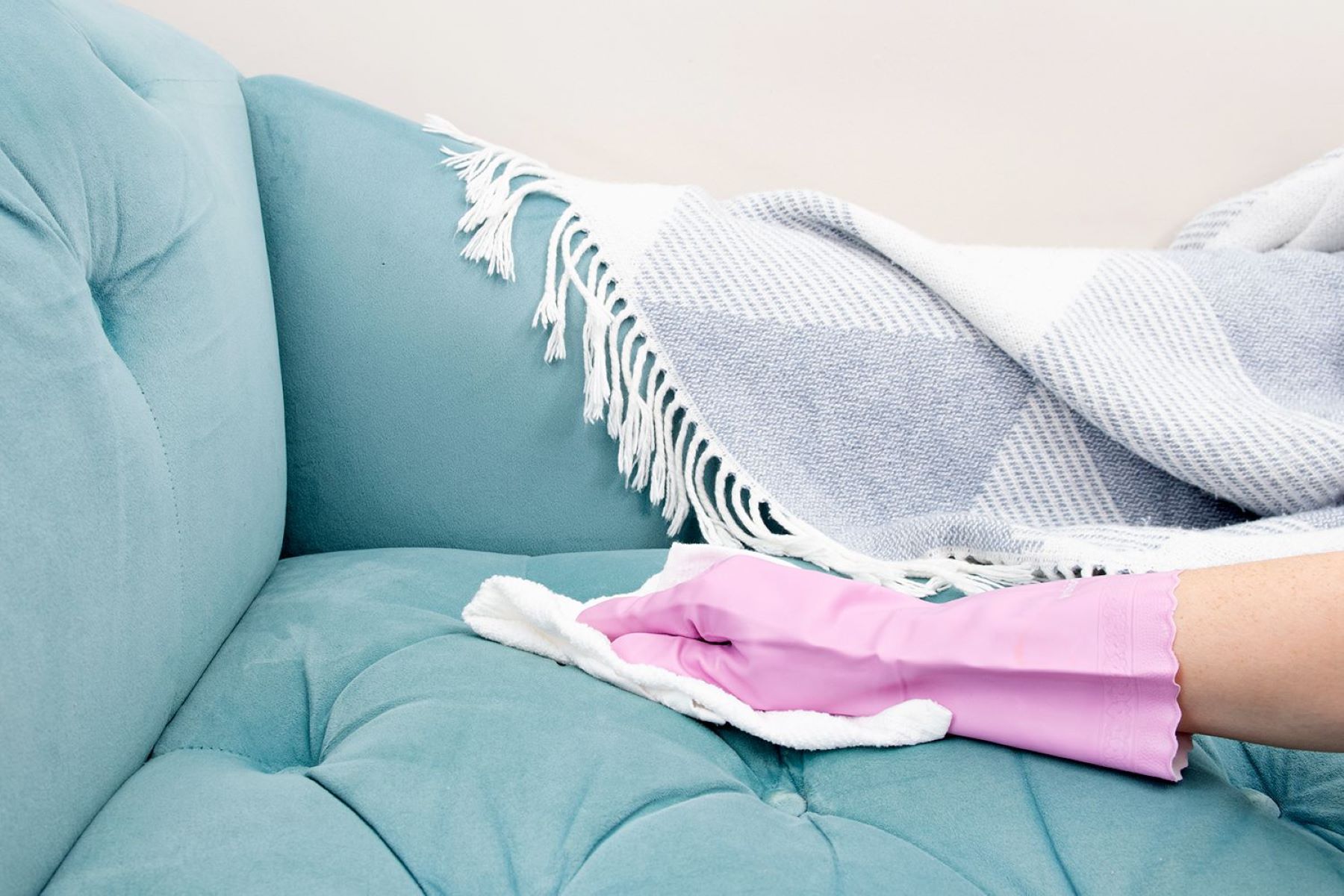

Living Room Furniture
How To Clean A Microfiber Recliner
Modified: February 17, 2024
Learn how to effectively clean your microfiber recliner to keep your living room furniture looking fresh and inviting. Discover the best techniques for maintaining your furniture and design.
(Many of the links in this article redirect to a specific reviewed product. Your purchase of these products through affiliate links helps to generate commission for Storables.com, at no extra cost. Learn more)
Introduction
Cleaning a microfiber recliner may seem like a daunting task, but with the right approach, it can be a straightforward and rewarding process. Over time, dust, spills, and everyday use can take a toll on the appearance of your beloved recliner, leaving it looking worn and dingy. However, by following a few simple steps, you can restore its beauty and extend its lifespan.
In this comprehensive guide, we will walk you through the process of cleaning your microfiber recliner, providing you with practical tips and techniques to achieve a fresh and revitalized look. Whether you're dealing with stubborn stains, accumulated dust, or just want to give your recliner a thorough cleaning, this step-by-step approach will help you achieve remarkable results.
So, roll up your sleeves and get ready to give your microfiber recliner the care it deserves. With a little time and effort, you can bring back the luster and cleanliness of your recliner, creating a welcoming and inviting atmosphere in your living space. Let's dive into the cleaning process and discover how to make your microfiber recliner look as good as new.
Key Takeaways:
- Keep your microfiber recliner looking fresh by vacuuming the surface to remove dirt and debris, then spot clean stains with a gentle solution to maintain its pristine appearance.
- Revitalize your microfiber recliner by using a specialized cleaner and allowing it to air dry. Gently brush the fabric to restore its plushness and create a cozy, inviting spot in your living room.
Read more: How To Clean Microfiber Recliner Chair
Step 1: Vacuum the Surface
The first step in cleaning a microfiber recliner is to thoroughly vacuum the surface. This initial stage is crucial for removing loose dirt, dust, and debris that may have accumulated on the fabric. By using a vacuum cleaner with a soft brush attachment, you can effectively lift and extract the particles that have settled into the microfiber weave.
Start by attaching the soft brush nozzle to your vacuum cleaner. This attachment is designed to gently agitate the fabric without causing damage. Before you begin, ensure that the recliner is in the upright position, allowing easy access to all areas of the fabric.
Next, systematically vacuum the entire surface of the recliner, working in small sections to ensure thorough coverage. Use gentle, overlapping strokes to capture dirt and dust from the fabric. Pay special attention to areas that are frequently used, such as the seat and armrests, as these are likely to harbor more debris.
In addition to the visible areas, be sure to vacuum the crevices, seams, and any tufted or textured areas where dirt may be trapped. These hidden spaces can easily collect dust and crumbs, so a meticulous approach is essential for a comprehensive clean.
As you vacuum, take note of any stubborn particles or larger debris that may require additional attention. These can be addressed later in the cleaning process to ensure a complete and thorough result.
By starting with a meticulous vacuuming of the surface, you set the stage for a more effective and efficient cleaning process. Removing loose dirt and debris at this stage will make the subsequent steps more impactful, allowing the cleaning agents to penetrate the fabric more effectively.
Once you have completed the vacuuming process, you are ready to move on to the next step in restoring the beauty of your microfiber recliner. With the surface now free of loose particles, you are well-prepared to tackle any stains or deeper cleaning needs that may be present.
Now that the surface is primed and ready, let's delve into the next step of spot cleaning any stubborn stains that may be marring the appearance of your beloved recliner.
Step 2: Spot Clean Stains
Spot cleaning stains on a microfiber recliner is a crucial step in the cleaning process, especially if your recliner has encountered spills, smudges, or noticeable discoloration. Addressing stains promptly can prevent them from setting and becoming more challenging to remove. With the right approach and tools, you can effectively tackle these blemishes and restore the pristine appearance of your recliner.
To begin spot cleaning, you'll need a few essential supplies:
- Clean, white microfiber cloths
- Distilled water
- Mild dish soap or upholstery cleaner (suitable for microfiber)
- Spray bottle
Start by preparing a cleaning solution using distilled water and a small amount of mild dish soap or a specialized upholstery cleaner designed for microfiber. Mix the solution in a spray bottle and gently shake it to ensure thorough blending. It's important to use distilled water to avoid any mineral deposits that may be present in tap water, which could leave residue on the fabric.
Next, lightly mist the stained area with the cleaning solution, ensuring that the fabric is damp but not saturated. Using a clean, white microfiber cloth, gently blot the stained area, working from the outer edges toward the center. Avoid rubbing the fabric vigorously, as this can spread the stain and potentially damage the microfiber weave.
Continue blotting the stain with the damp cloth, periodically checking to see if the discoloration is lifting. If the stain persists, you may need to repeat the process, applying the cleaning solution and gently blotting until the desired result is achieved. It's important to be patient and persistent, as some stains may require multiple treatments to fully dissipate.
Once the stain has been effectively treated and lifted, use a separate clean, dry microfiber cloth to gently dab and absorb any excess moisture from the fabric. This will help expedite the drying process and prevent water spots from forming on the microfiber surface.
By methodically addressing stains with a gentle and targeted approach, you can effectively revitalize the appearance of your microfiber recliner. With the stains now treated and the fabric on its way to looking refreshed, you are ready to proceed to the next step in the cleaning process.
Now that the stains have been effectively addressed, it's time to explore the use of a specialized microfiber cleaner to further enhance the cleanliness and appearance of your recliner.
Step 3: Use a Microfiber Cleaner
After addressing any stubborn stains, the next step in the process of cleaning a microfiber recliner involves the use of a specialized microfiber cleaner. This dedicated cleaning solution is formulated to effectively lift dirt, grime, and residual stains from the microfiber fabric, leaving it looking fresh and revitalized.
When selecting a microfiber cleaner, it's essential to choose a product specifically designed for use on microfiber upholstery. These cleaners are formulated to be gentle on the delicate fabric while being powerful enough to tackle embedded dirt and discoloration. Before applying the cleaner to the entire recliner, it's advisable to test it on a small, inconspicuous area to ensure compatibility and to check for any adverse reactions.
To use the microfiber cleaner, follow these steps:
-
Begin by carefully reviewing the manufacturer's instructions on the cleaner's packaging. This will provide specific guidance on the application process, including any dilution requirements or recommended techniques.
-
If the cleaner is in concentrated form, dilute it according to the instructions, using distilled water to create the cleaning solution. Thoroughly mix the solution to ensure uniformity.
-
Once the cleaning solution is prepared, lightly mist it onto the microfiber fabric, focusing on one manageable section at a time. It's important to avoid oversaturating the fabric, as excessive moisture can lead to prolonged drying times and potential water spots.
-
After applying the cleaning solution, use a soft-bristled brush or a clean, white microfiber cloth to gently agitate the fabric. Work in circular motions, focusing on areas with visible dirt or discoloration. This gentle agitation helps the cleaner penetrate the fabric and lift embedded debris.
-
As you work through the recliner, periodically inspect the fabric to assess the effectiveness of the cleaning process. If stubborn spots or soiled areas persist, apply additional cleaner and continue the gentle agitation until the desired cleanliness is achieved.
-
Once the entire recliner has been treated with the microfiber cleaner and any targeted areas have been addressed, allow the fabric to air dry completely. This will give the cleaner ample time to work its magic and leave the microfiber looking renewed and refreshed.
By using a specialized microfiber cleaner, you can effectively eliminate accumulated dirt, grime, and residual stains from your recliner, restoring its appearance and ensuring a thorough clean. With the fabric now treated and on its way to looking revitalized, the next step involves allowing the recliner to dry before proceeding with the final stage of the cleaning process.
To clean a microfiber recliner, use a soft brush or vacuum to remove debris, then spot clean with a mixture of mild soap and water. Gently scrub and let it air dry. Avoid using harsh chemicals or excessive water.
Step 4: Let the Recliner Dry
After the thorough cleaning process, it's essential to allow the microfiber recliner to dry completely. Proper drying is crucial to ensure that the fabric retains its integrity and that no residual moisture remains, which could lead to water spots or potential damage. Here's how to effectively facilitate the drying process:
-
Natural Air Drying: Position the recliner in a well-ventilated area with ample airflow. Open windows or turn on fans to promote air circulation, aiding in the evaporation of moisture from the fabric. It's important to avoid direct exposure to sunlight, as this can cause the colors of the microfiber fabric to fade or become uneven.
-
Patience is Key: Allow the recliner to air dry naturally, refraining from using heat sources such as hairdryers or heaters, as excessive heat can damage the delicate microfiber material. While it may be tempting to expedite the drying process, patience is crucial to ensure that the fabric dries uniformly and without compromising its texture.
-
Check for Complete Dryness: Before returning the recliner to regular use, ensure that the fabric is completely dry to the touch. Gently press your hand against different areas of the fabric to verify that no residual moisture remains. If the fabric feels cool or damp, allow additional time for drying to prevent any potential issues.
-
Fluff and Restore: Once the recliner is fully dry, gently fluff and brush the microfiber fabric to restore its texture and appearance. Use a soft-bristled brush or a clean, dry microfiber cloth to lightly brush the fabric in circular motions, helping to revive its softness and remove any residual cleaning solution that may be present.
By allowing the microfiber recliner to dry thoroughly, you ensure that the cleaning process is completed effectively, and the fabric can regain its natural beauty and comfort. With the recliner now dry and rejuvenated, the final step involves brushing the fabric to further enhance its appearance and texture.
Read more: How To Clean Microfiber Furniture
Step 5: Brush the Fabric
After the cleaning and drying process, it's time to focus on revitalizing the texture and appearance of the microfiber fabric. Brushing the fabric is a crucial step that helps restore its softness, remove any residual cleaning solution, and revive its overall plush feel. By gently brushing the fabric, you can enhance its visual appeal and ensure that it maintains its inviting and cozy allure.
To effectively brush the fabric of your microfiber recliner, follow these steps:
-
Preparation: Before beginning the brushing process, ensure that the recliner is completely dry. It's important to work with a fully dried fabric to prevent any potential damage or distortion. If there are any lingering damp areas, allow additional time for thorough drying before proceeding.
-
Selection of Brush: Choose a soft-bristled brush or a clean, dry microfiber cloth for the brushing process. The bristles of the brush should be gentle and non-abrasive to avoid causing any damage to the delicate microfiber fabric. Alternatively, a clean, dry microfiber cloth can be used for a milder approach.
-
Gentle Brushing: Starting from one end of the recliner, use the soft-bristled brush or microfiber cloth to gently brush the fabric in circular motions. This gentle technique helps fluff up the fibers, remove any remaining cleaning solution, and restore the fabric's natural texture. Pay attention to consistency in your brushing motion, ensuring that the entire surface is treated uniformly.
-
Focus on Texture: As you brush the fabric, focus on areas that may have experienced heavier cleaning or where the fabric appears flattened. These targeted areas may include the seat, armrests, or any spots that required spot cleaning. By giving these areas extra attention, you can ensure that the fabric's texture is evenly restored throughout the recliner.
-
Reviving Plushness: Continue brushing the fabric until you notice a revival in its plushness and softness. The gentle agitation from the brushing motion helps the microfiber fibers regain their natural loft and comfort, contributing to a welcoming and cozy feel.
-
Final Inspection: Once you have completed the brushing process, take a moment to visually inspect the fabric. Ensure that the texture appears revived, and any residual cleaning solution or particles have been effectively removed. If necessary, perform additional gentle brushing in specific areas to achieve the desired result.
By methodically brushing the fabric of your microfiber recliner, you can effectively enhance its appearance and comfort, ensuring that it maintains its inviting allure. With the fabric now revitalized and looking its best, your microfiber recliner is ready to reclaim its pride of place in your living space, providing a cozy and welcoming spot for relaxation and leisure.
Conclusion
In conclusion, the process of cleaning a microfiber recliner involves a series of meticulous steps designed to restore the fabric's appearance and maintain its inviting allure. By following the comprehensive guide outlined in this article, you can effectively revitalize your recliner and ensure that it remains a cherished and comfortable piece of furniture in your living space.
From the initial step of vacuuming the surface to remove loose dirt and debris, to the targeted approach of spot cleaning stains using gentle techniques, each stage of the cleaning process plays a crucial role in achieving remarkable results. The utilization of a specialized microfiber cleaner further enhances the cleanliness of the fabric, effectively lifting embedded dirt and grime to reveal a refreshed and revitalized appearance.
Allowing the recliner to air dry thoroughly is essential to ensure that the fabric retains its integrity and comfort, while the subsequent brushing of the fabric helps revive its plushness and soft texture. These combined efforts result in a microfiber recliner that not only looks rejuvenated but also maintains its cozy and inviting feel, providing a comfortable spot for relaxation and leisure.
By investing time and care into the cleaning process, you can extend the lifespan of your microfiber recliner and ensure that it continues to enhance the ambiance of your living room. Regular maintenance and cleaning will help preserve the fabric's beauty and comfort, allowing you to enjoy the warmth and relaxation it provides for years to come.
Incorporating these cleaning techniques into your regular furniture care routine will not only keep your microfiber recliner looking its best but also contribute to a welcoming and inviting living space. With a refreshed and clean recliner, you can create a cozy and comfortable environment for relaxation, entertaining, and everyday enjoyment.
So, roll up your sleeves and embark on the journey of restoring your microfiber recliner to its former glory. With the right approach and a touch of dedication, you can achieve remarkable results and ensure that your beloved recliner remains a cherished and inviting centerpiece in your home.
Frequently Asked Questions about How To Clean A Microfiber Recliner
Was this page helpful?
At Storables.com, we guarantee accurate and reliable information. Our content, validated by Expert Board Contributors, is crafted following stringent Editorial Policies. We're committed to providing you with well-researched, expert-backed insights for all your informational needs.
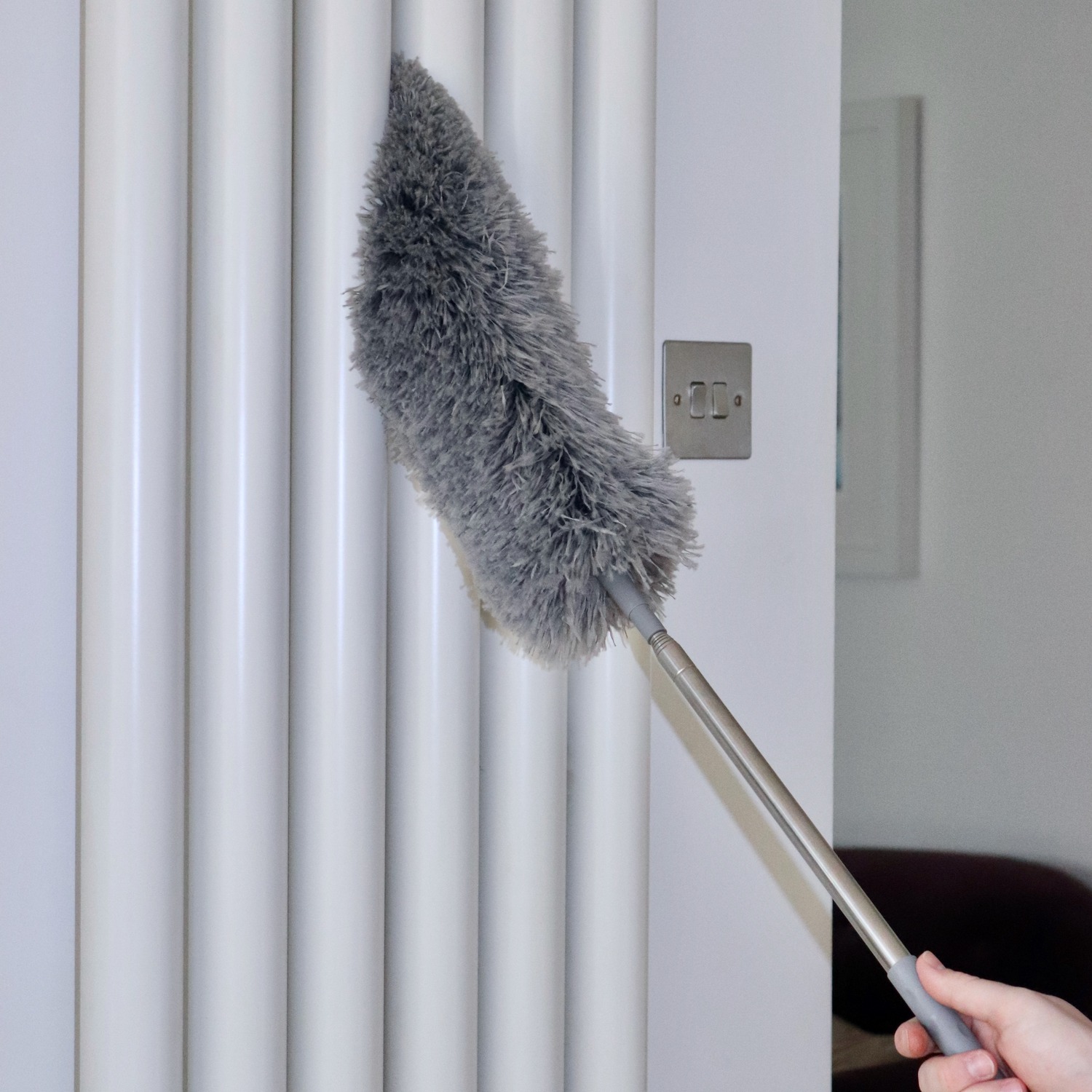
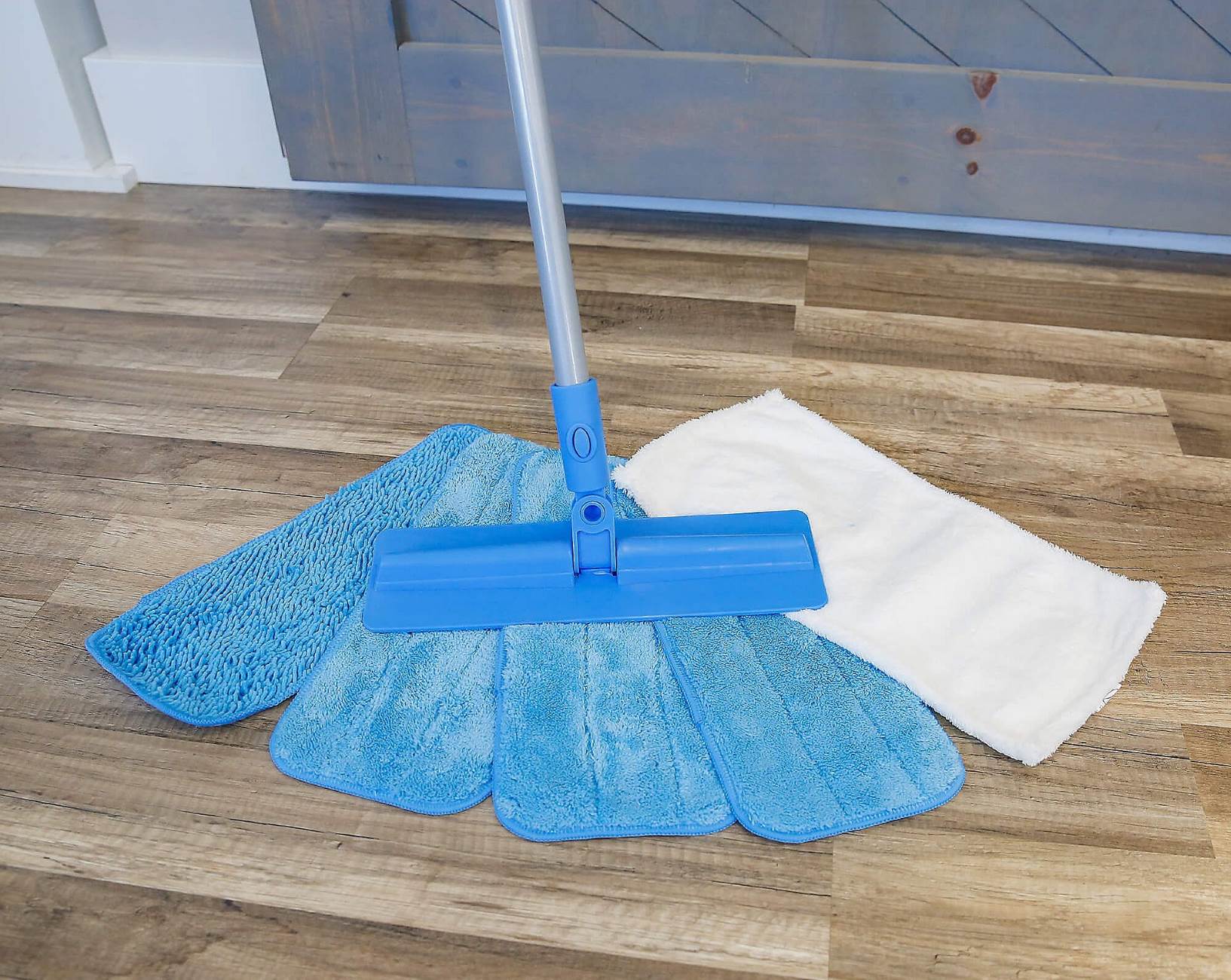
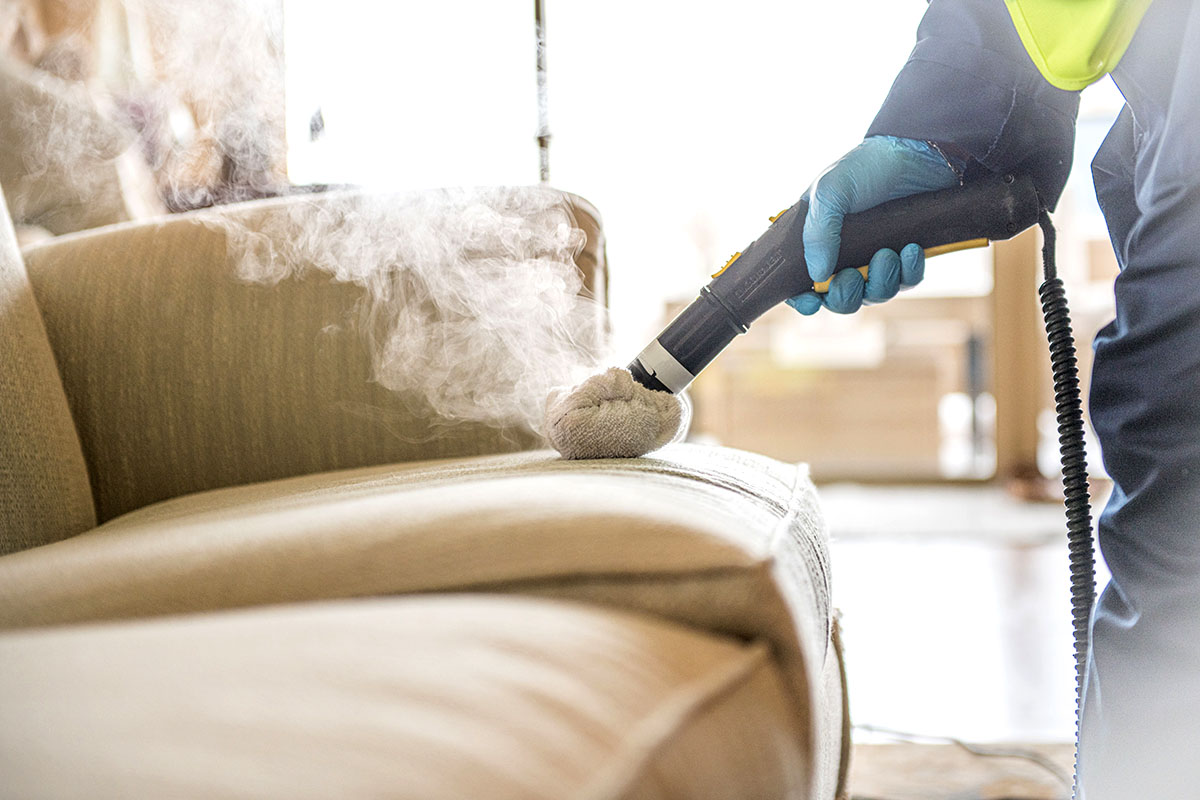
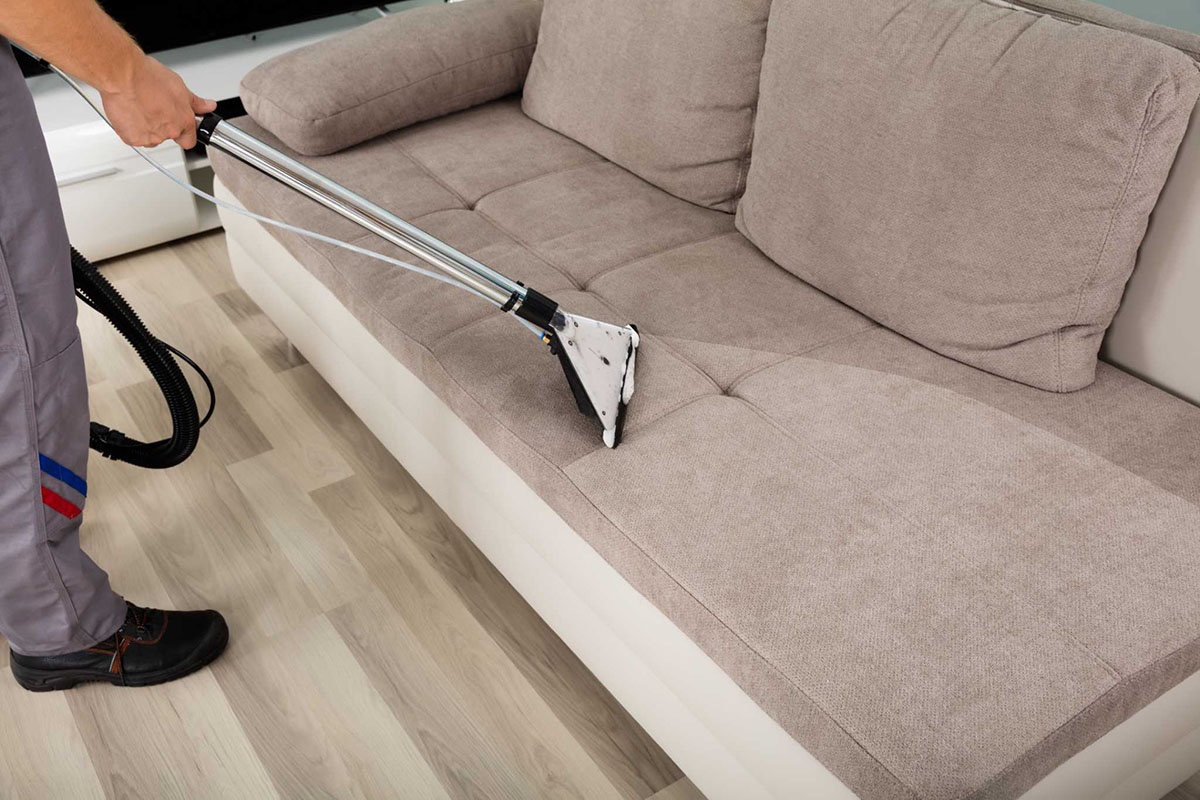
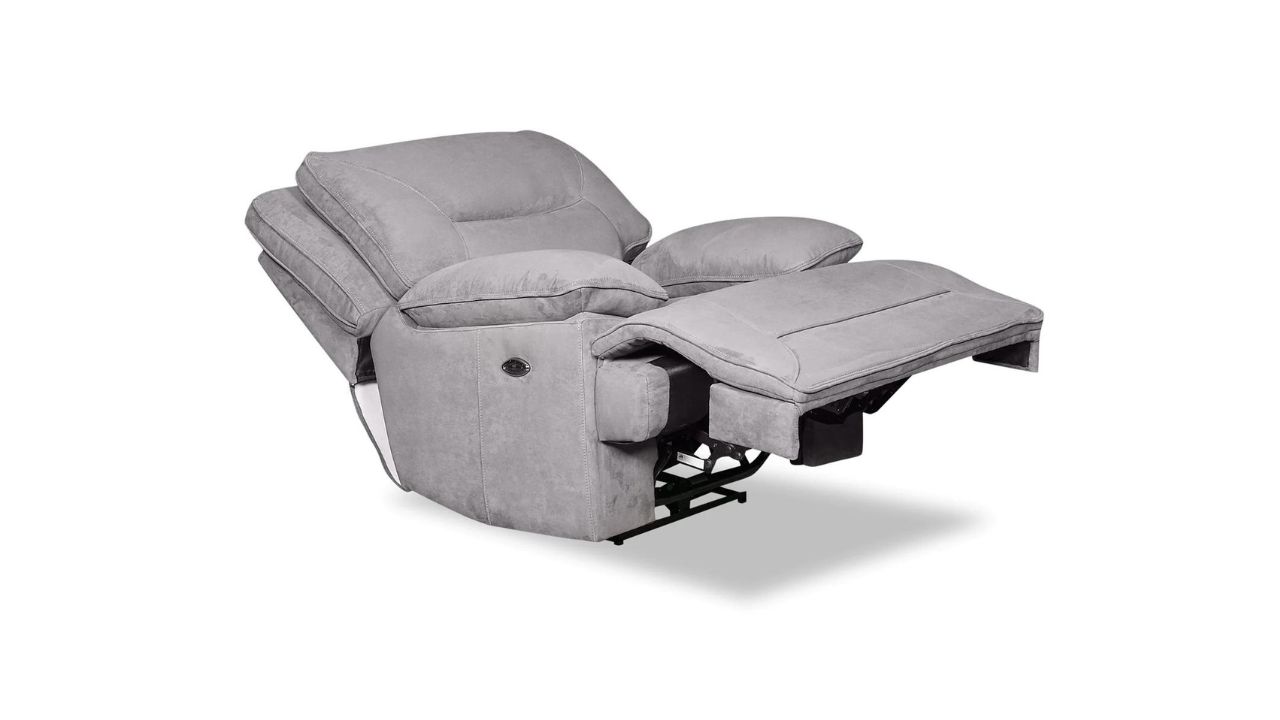
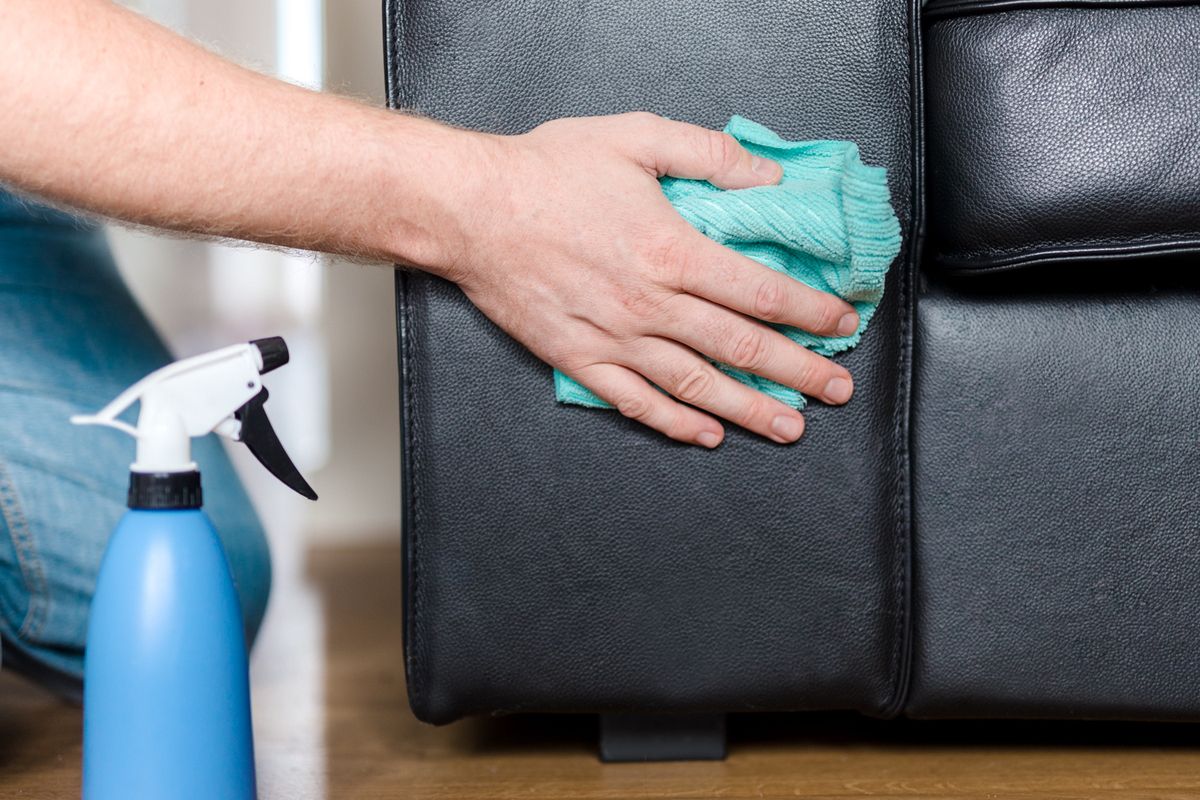
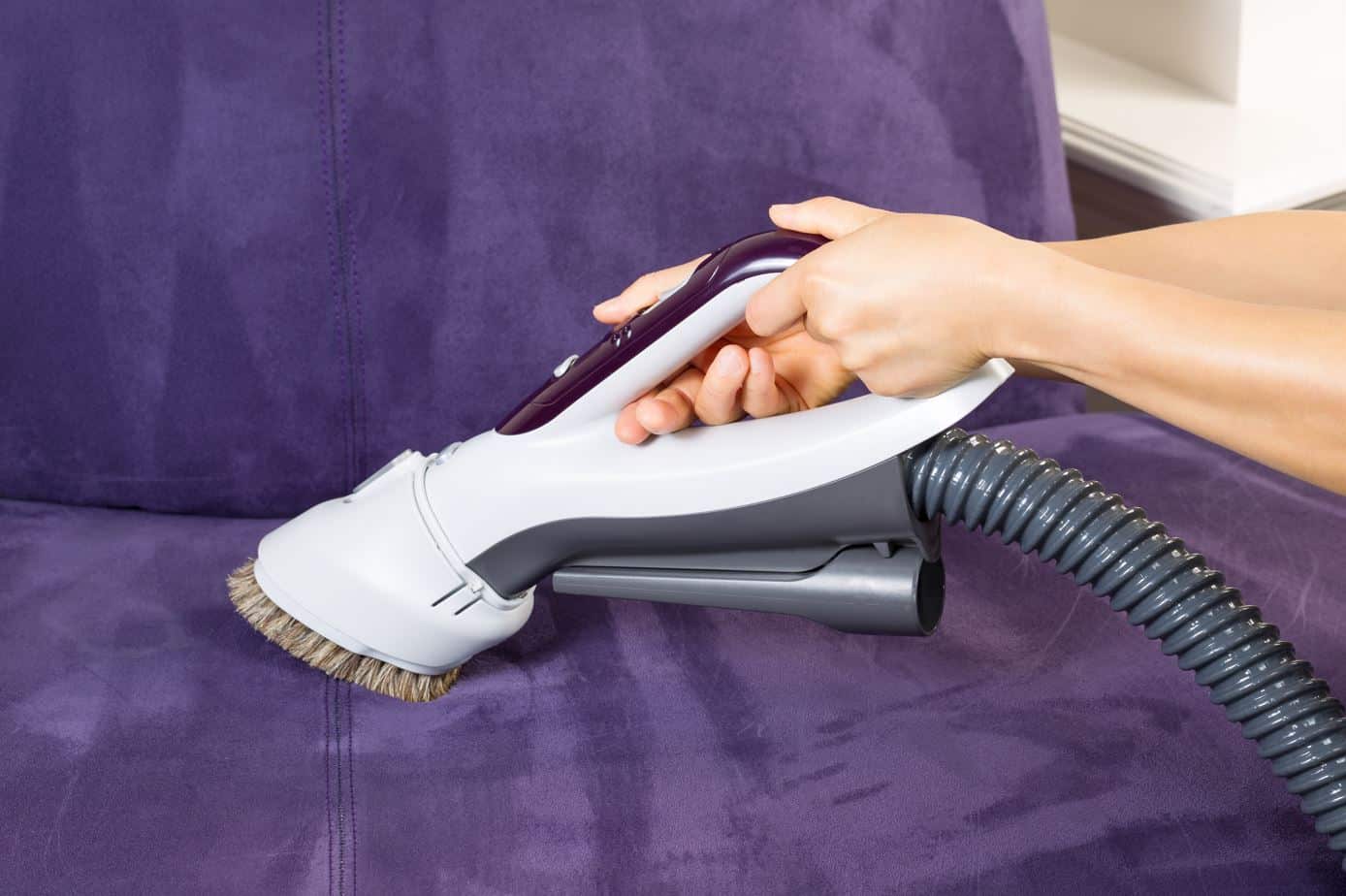
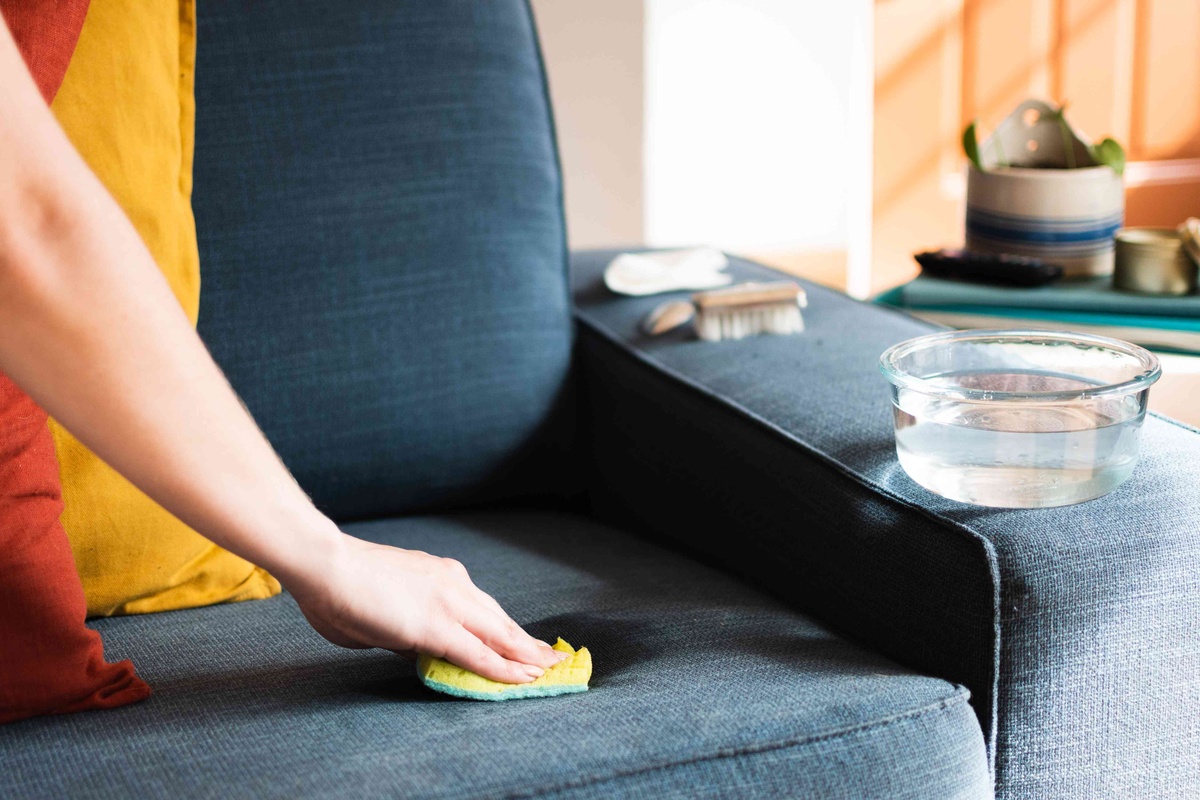
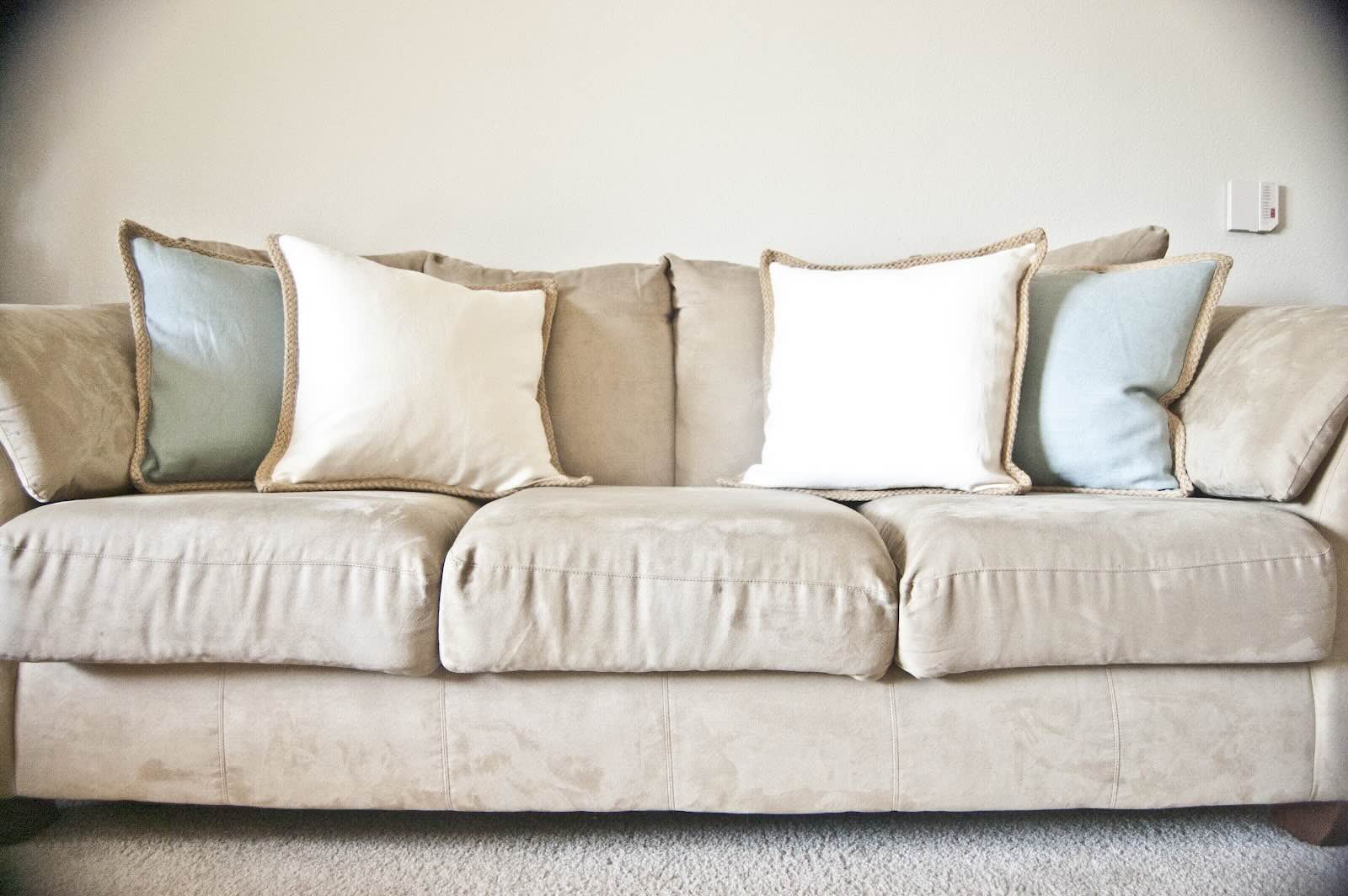
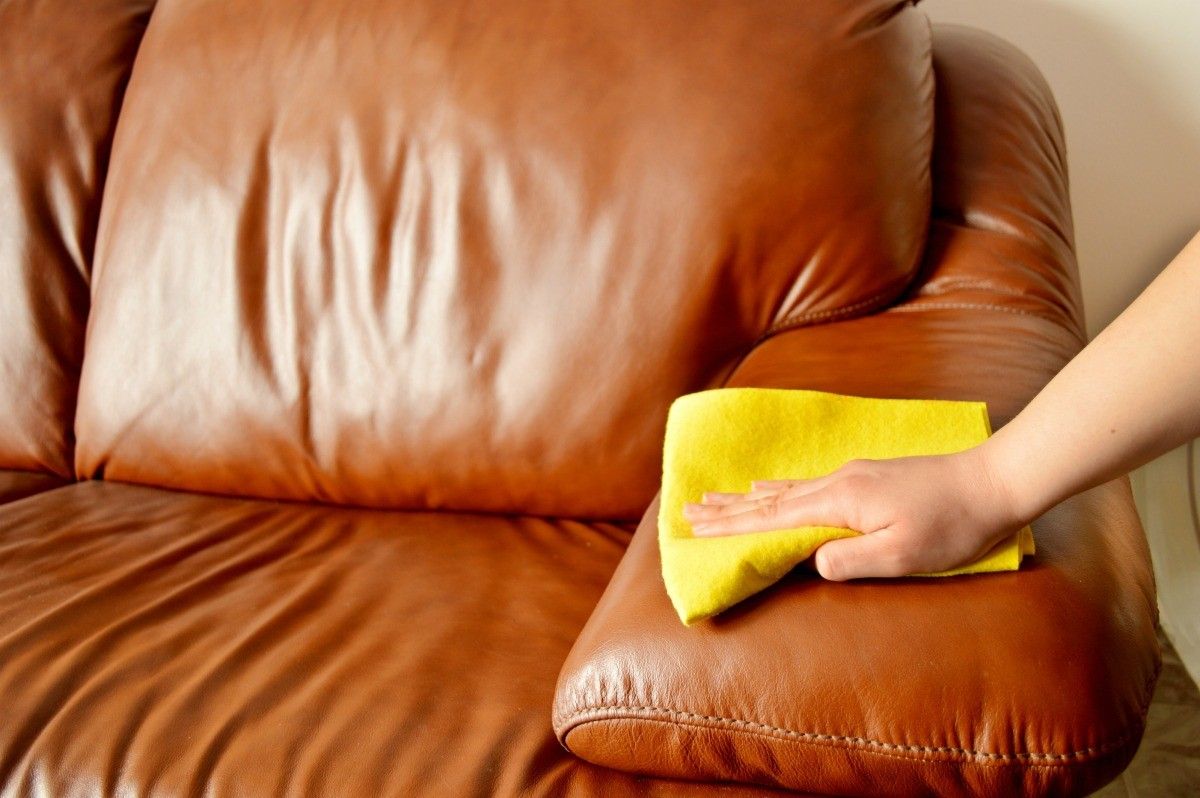
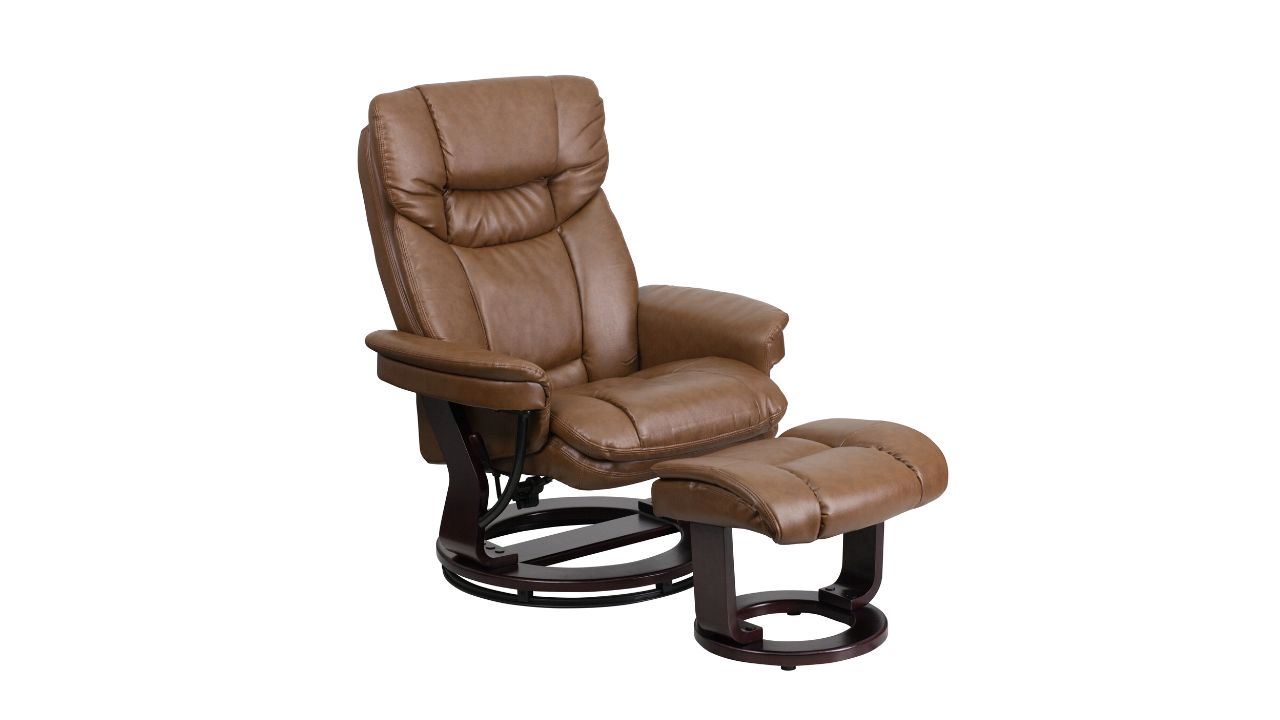
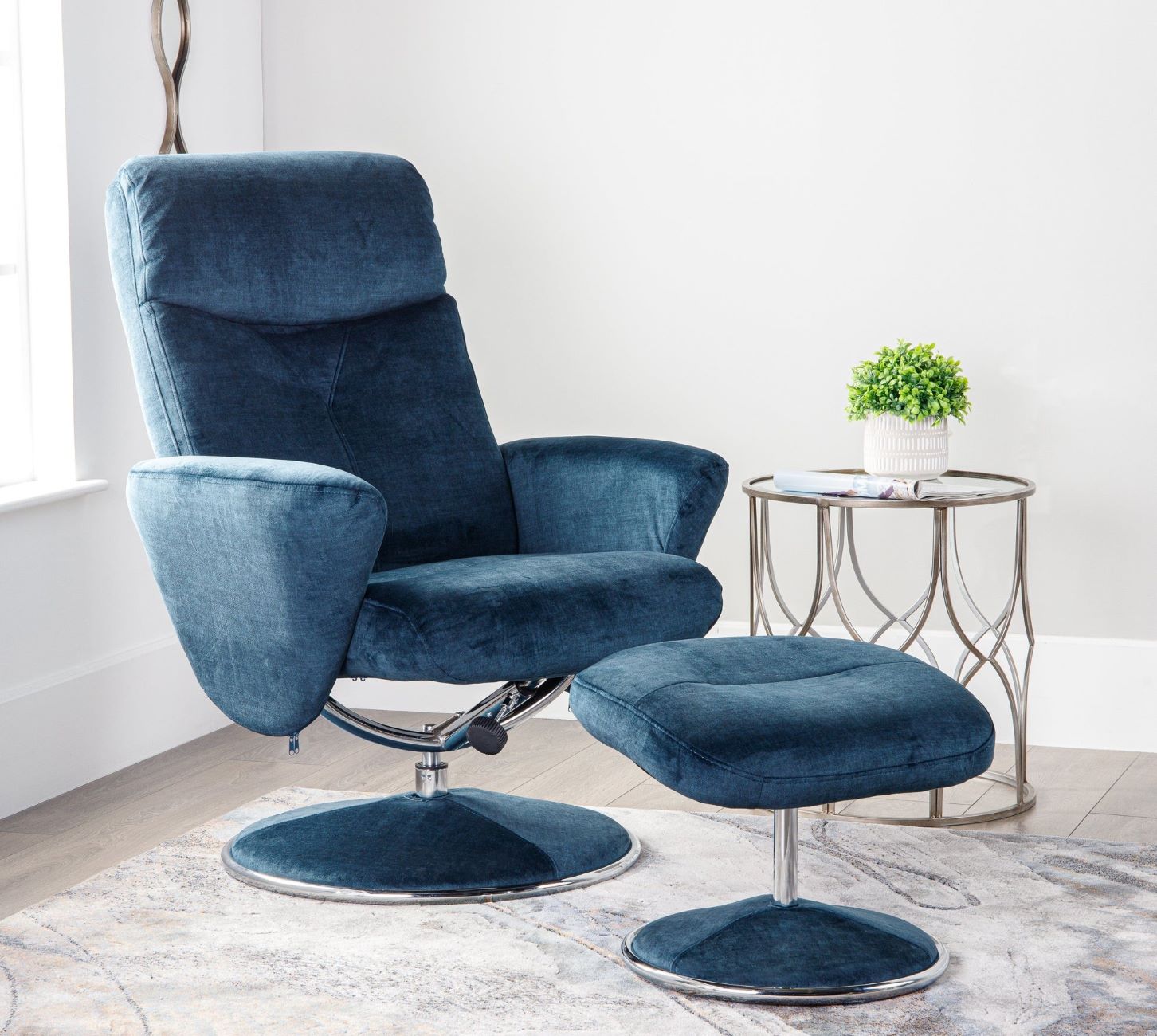
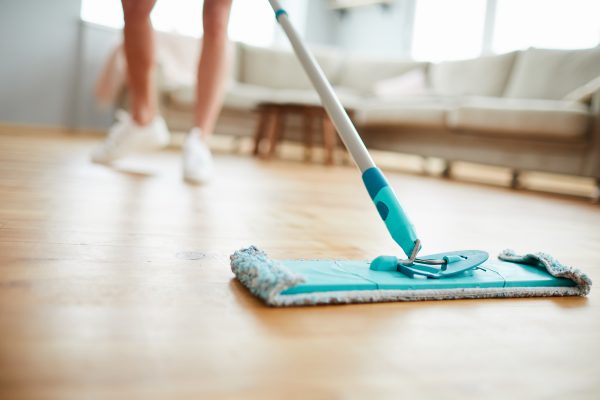
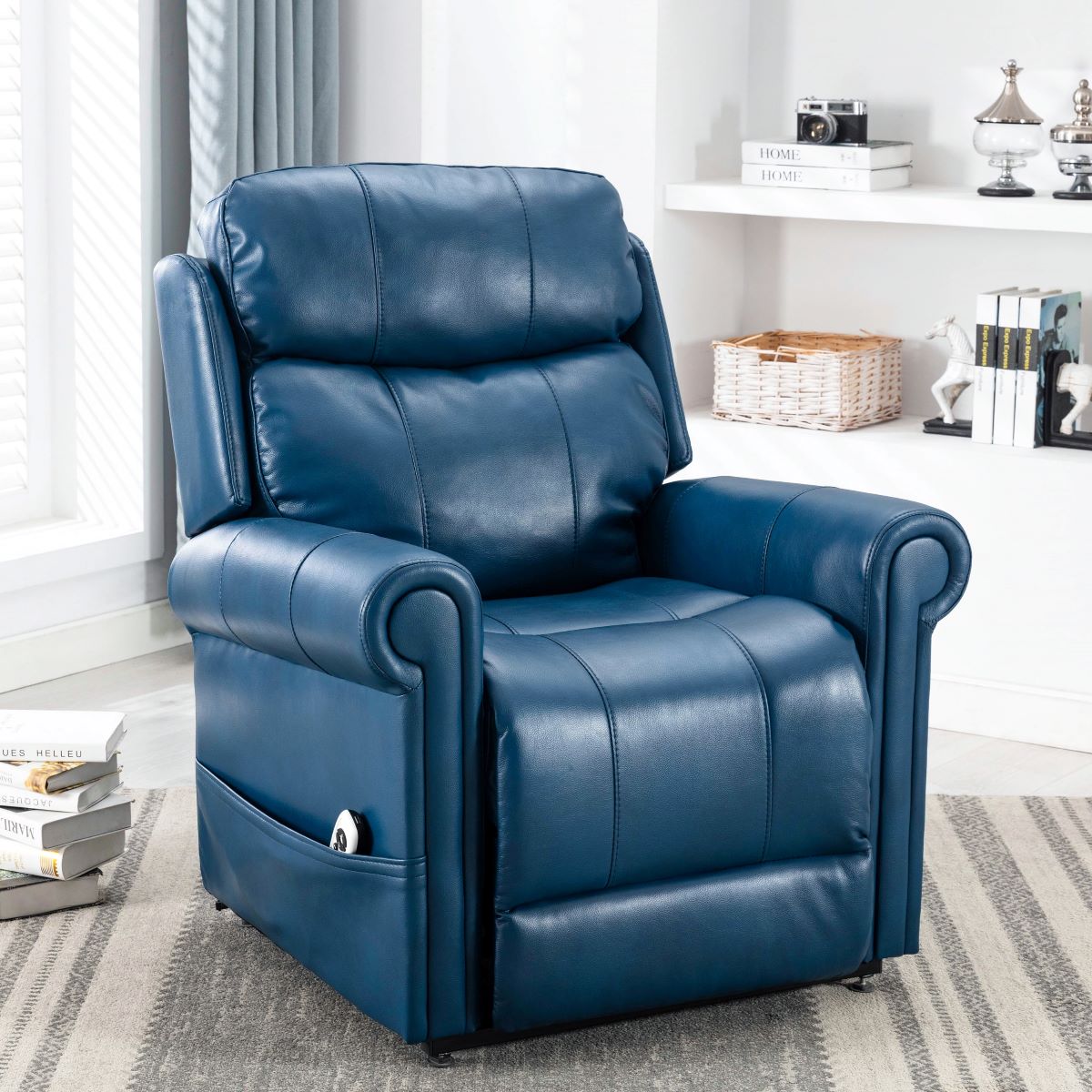

0 thoughts on “How To Clean A Microfiber Recliner”